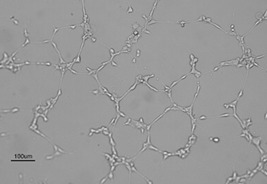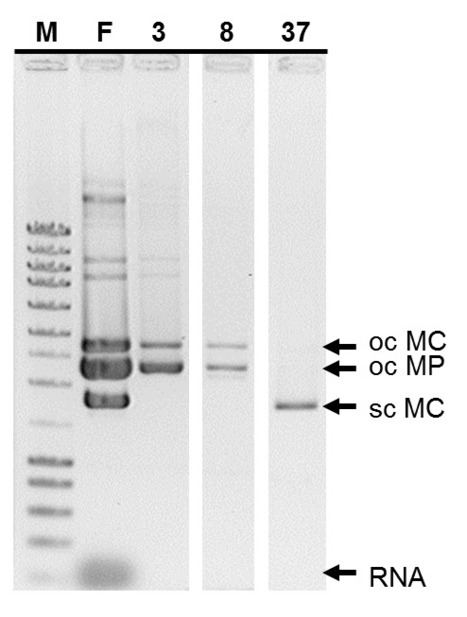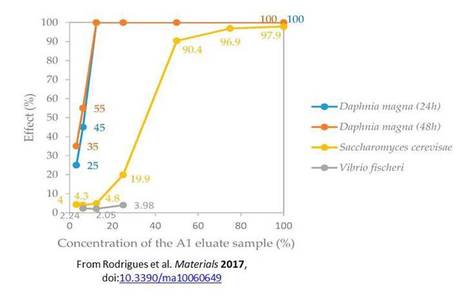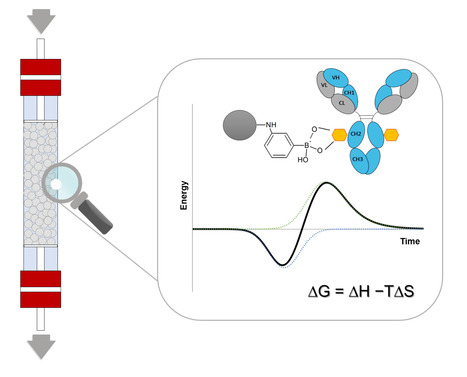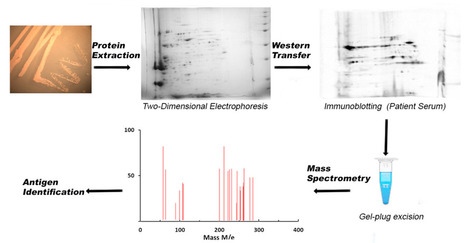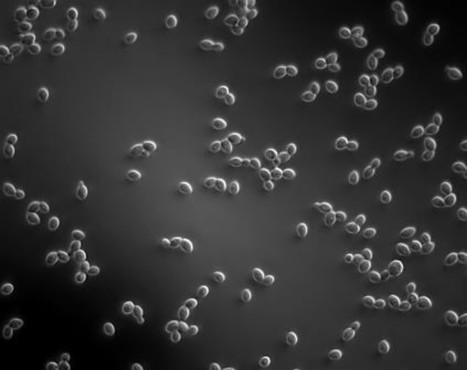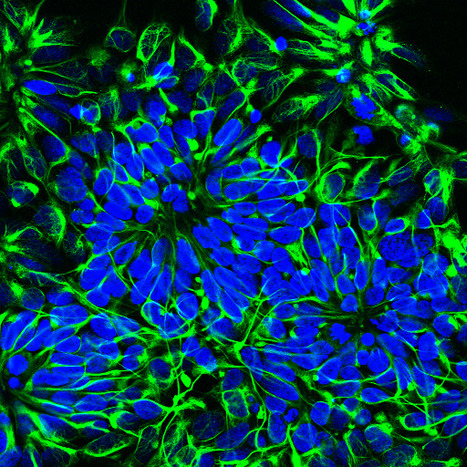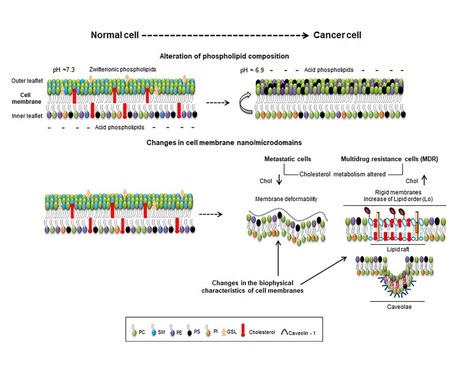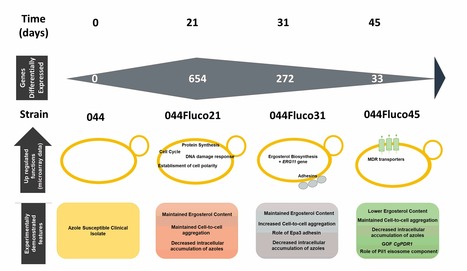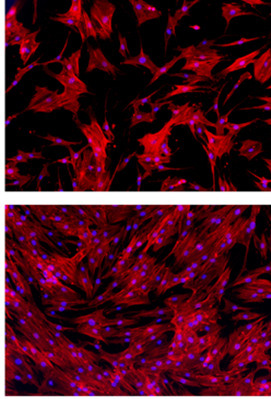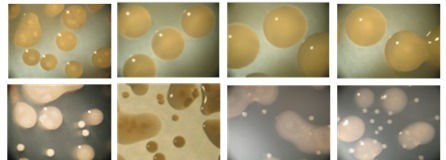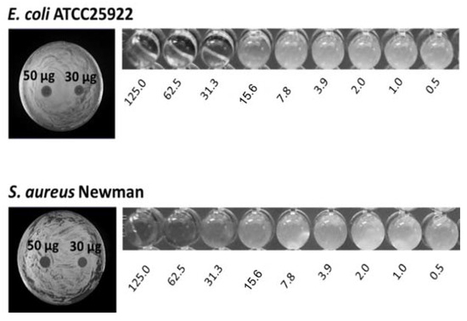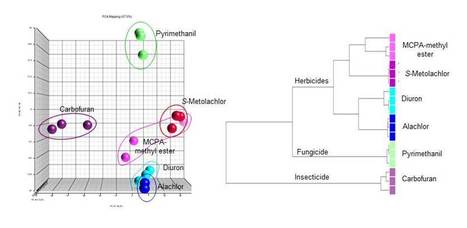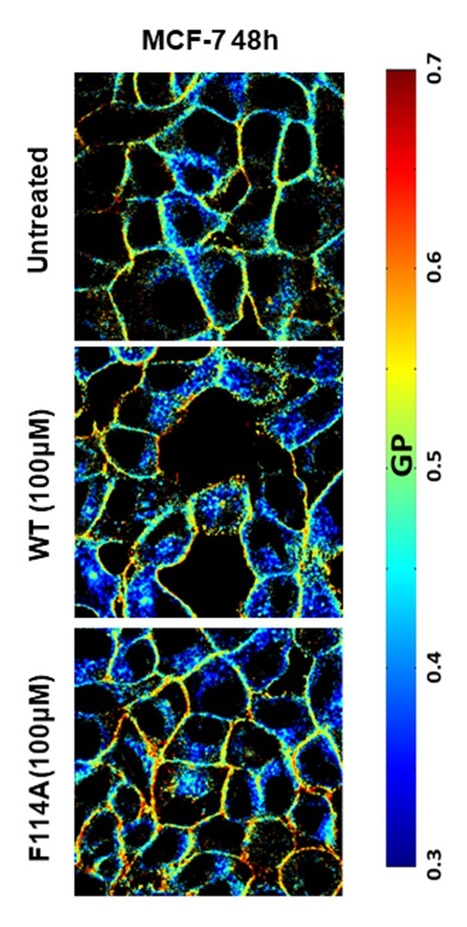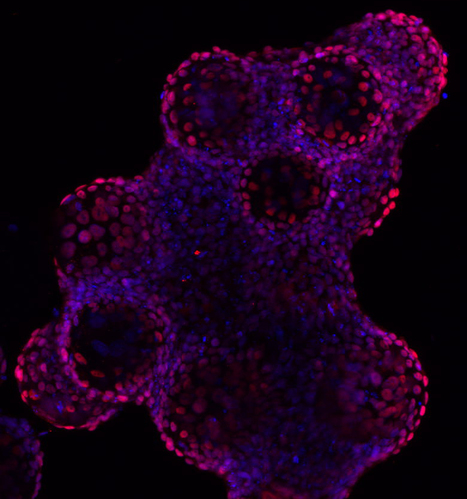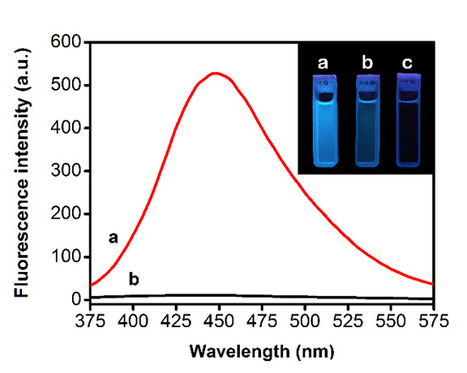
The ability of block co-polymers to self-assemble and form micelles in solution can potentially be explored to deliver poorly soluble chemotherapeutic agents. Researchers from BSIRG-iBB led by Vasco Bonifácio, working in collaboration with colleagues from Universidade Nova, have synthesized new block copolymers of oligo-2-oxazoline and linear oligo(ethylenimine) that are water-soluble and show an intrinsic blue fluorescence. The synthesis uses a green protocol and allows a precise control of the oligo(ethylenimine) backbone. The work was published in Advanced Materials Letters.



 Your new post is loading...
Your new post is loading...




